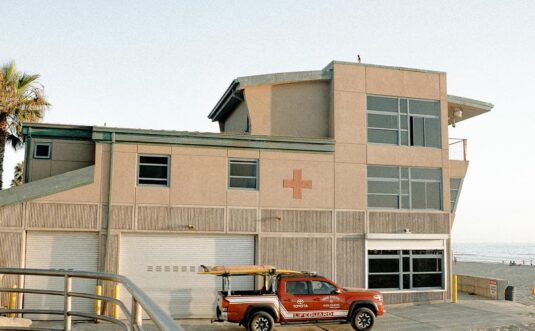Primary health care (PHC) plays an important role in the health care system, providing the first line of care and support for the population. Despite this, there are many myths surrounding PMS that can be misleading and cause unnecessary anxiety. In this article, we will dispel some common myths and present facts to help you better understand the meaning and function of PMS.
Myth 1: Primary health care is not important
Fact: PMS is the backbone of the health care system. It is the patient’s first contact with the medical system where preventive measures, diagnosis and treatment of diseases are provided. Through PMS, serious illnesses can be prevented from developing, reducing the need for hospitalization and specialized care.
Myth 2: Family physicians provide only basic medical services
Fact: Family physicians provide a wide range of medical services. They not only treat acute and chronic illnesses, but also provide preventive checkups, immunizations, healthy lifestyle recommendations, and referrals to specialists when needed. Their role goes far beyond just treating symptoms.
Myth 3: Visiting your family doctor is not necessary if there are no visible symptoms
Fact: Regular visits to your family doctor are important even if you have no symptoms. Preventive check-ups can help identify potential problems early, which helps in better treatment and prevention of complications. A healthy lifestyle and regular health check-ups are key to longevity.
Myth 4: Primary health care is ineffective for chronic diseases
Fact: Chronic disease management is a core function of PHC. Family physicians develop individualized treatment plans for patients with chronic conditions such as diabetes, hypertension and asthma. This helps control disease, reduce the risk of complications, and improve patients’ quality of life.
Myth 5: You should go straight to subspecialists for specialized care
Fact: Family physicians can refer you to a subspecialist if necessary. However, in most cases, the initial health assessment and basic treatment can be done by your family physician. This saves time and resources for both the patient and the health care system as a whole.
Myth 6: Vaccination is not part of primary health care
Fact: Immunizations are an important part of PHC. Family physicians and nurses administer vaccinations to prevent a variety of infectious diseases. Vaccines help protect both individual health and public health by preventing disease outbreaks.
Myth 7: PHC does not encompass mental health
Fact: PHC encompasses mental health along with physical health. Family physicians can diagnose and treat a variety of mental health disorders, provide counseling and referrals to mental health professionals when needed. Mental health is an integral part of a person’s overall well-being.
Myth 8: PHC is only available in major cities
Fact: In New Zealand, PHC is available in both urban and rural areas. The government and health facilities are committed to ensuring access to quality primary health care for everyone in the country, regardless of where they live.
Myth 9: PHC is expensive
Fact: In New Zealand, many PHC services are subsidized by the government, making them affordable to the public. There are programs in place to help reduce the cost of health services for different groups of people, including children, retirees, and people on low incomes.
Myth 10: A family doctor cannot help with rare diseases
Fact: Although family physicians are not subspecialists, they have a wide range of knowledge and experience that allows them to recognize rare diseases. When necessary, they refer patients to appropriate specialists for further evaluation and treatment.
Primary health care plays a key role in maintaining a healthy population. Understanding the true nature and function of PHC helps to break down myths and appreciate its importance to everyone in New Zealand. Seeing your family doctor regularly and utilizing available health services can help maintain health and improve quality of life.

 Jones Marcia
Jones Marcia


